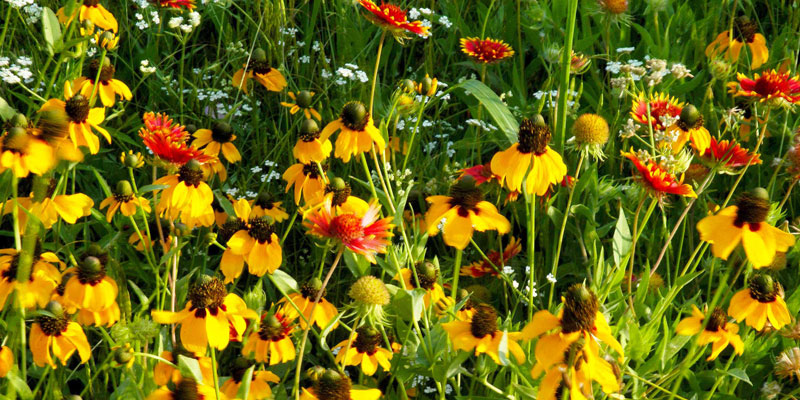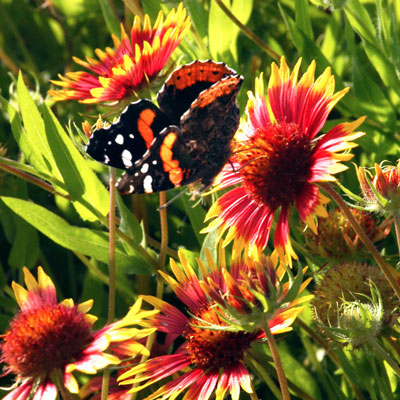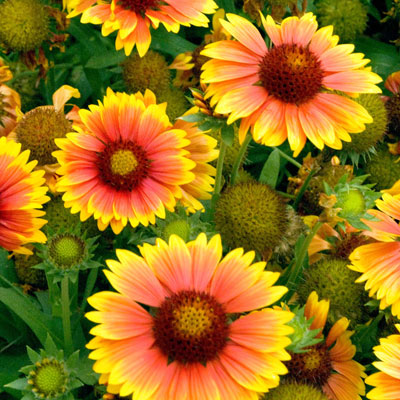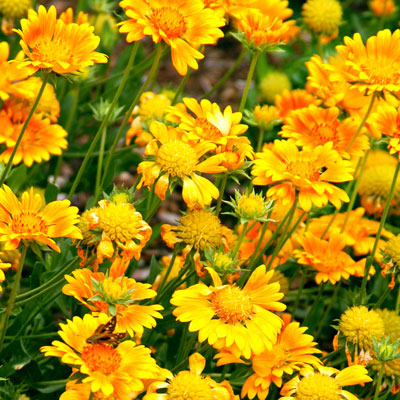Gorgeous Gaillardias

By the time gaillardias get around to blooming all the hoopla of bluebonnets and Indian paintbrushes is over. Folks are moving on to thoughts of peaches, watermelons, and summer vacations.
That’s a shame, because these plants are natural matches for almost any sunny location here in Texas. You’ll see them growing along the Texas coast all the way up through Central Texas and out into the plains.
Known perhaps by more people as “Indian blankets,” these flowers grow in poor soils, and the seed is inexpensive, plus they’ll be in bloom for weeks from late April through mid-summer depending on locale.


They reseed freely as long as you don’t mow them too soon. All they ask is sun, good drainage, and a chance to prove themselves in your wildflower and pollinator gardens.
Our annual type is Gaillardia pulchella from the Aster Family. Its brick-red flowers are tipped in bright yellow.


Perennial hybrid types have a variety of colors, generally reds with shades of gold mixed in. Most gaillardias grow to be 12 to 16 inches tall and wide. Hybrid types, of course, will not reproduce true from their seeds.
Personal note: It’s just one guy’s opinion, but I have found the annual wildflower types to be easier and more rewarding over the long haul.
Seeds of the annual wildflower type are in most wildflower seed racks. They’re also sold in packets and bulk by Wildseed Farms of Fredericksburg TX (wildseedfarms.com). Many other wildflower seed sources also offer them.
Pay a little attention to what’s blooming alongside our highways right now. You might make a new friend.
